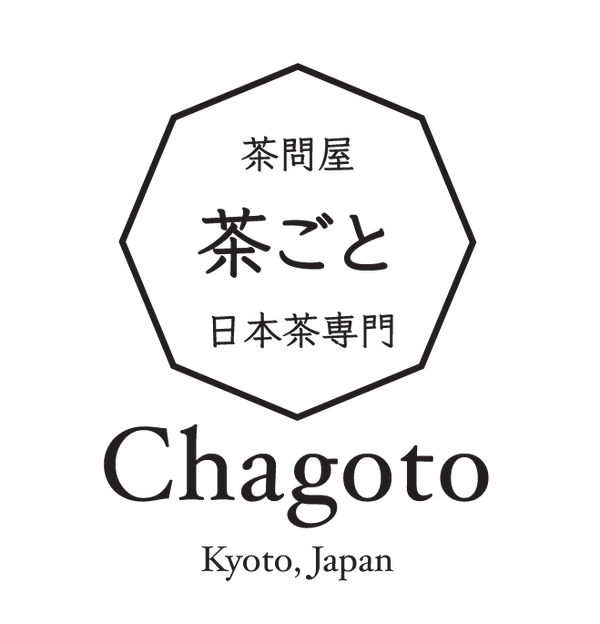What is Matcha

Matcha is a type of powdered green tea that has its origins in Japanese culture and has become popular worldwide. It is made from shade-grown tea leaves called "Tencha," which are carefully harvested, steamed, dried, and then ground into a fine powder. The unique processing method and the way the tea is consumed make matcha distinct from other types of green tea.
Here's how matcha is produced and consumed:
1. Shade-Growing: Matcha tea leaves are grown under shade for a few weeks before harvesting. This process enhances the development of chlorophyll and other compounds, giving matcha its vibrant green color and distinctive flavor.
2. Harvesting and Processing: Once the tea leaves are ready, they are carefully picked, steamed to prevent oxidation, and then dried. The stems and veins are removed from the leaves, leaving only the tender parts.
3. Grinding: The dried tea leaves are ground into a very fine powder using traditional granite stone mills. This process is what sets matcha apart, as the entire tea leaf is consumed, unlike other teas where leaves are steeped and then discarded.
4. Preparation: To prepare matcha, a small amount of the powdered tea is whisked with hot water using a bamboo whisk (Chasen). The resulting frothy mixture is traditionally served in a bowl. The entire leaf is consumed when drinking matcha, which is why it is often considered more potent than steeped tea.
Matcha has a unique and vibrant flavor profile, characterized by its umami-rich, slightly bitter, and vegetal notes. It also contains a higher concentration of caffeine and antioxidants compared to steeped green tea.
Matcha is not only enjoyed as a hot beverage but has also found its way into various culinary creations, such as matcha-flavored desserts, pastries, ice creams, and more. In recent years, matcha has gained popularity as a trendy and healthy ingredient due to its potential health benefits, including antioxidants and potential calming effects from L-theanine, an amino acid present in tea.
It's important to note that there are different grades of matcha, ranging from ceremonial (highest quality) to culinary (lower quality), each suited for different purposes based on flavor, texture, and color.
